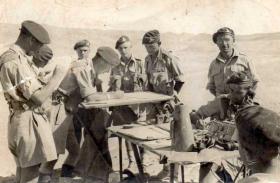
211 Airlanding Light Battery RA
211 Airlanding Light Battery RA
1943 to 1947
53rd (Worcester Yeomanry) Airlanding Light Regiment RA was the main artillery support for 6th Airborne Division. The 53rd (Worcester Yeomanry) Anti-Tank Regiment was redesignated as an Airborne Airlanding Light Regiment in 1943, with 210, 211 and 212 Batteries as Airlanding Light Batteries in support of Regimental HQ armed primarily with 75mm Pack Howitzers.
53rd Airlanding Light Regiment was first deployed into Airborne service at Normandy. Due to shortage of suitable transport aircraft, 211 Battery was the only force from 53rd Airlanding Light Regiment which took part in the D-Day landings on 6 June 1944. 210, 212 Battery and the Regimental HQ arrived on 14 June. The deployment of 211 Battery on the evening of 6 June marked the first time in history a Field Battery had been flown into battle accompanying their guns.
When the remainder of 53rd Airlanding Light Regiment arrived, the Batteries were primarily deployed in a 'counter mortar' attack role, in support of Airlanding and Parachute infantry formations. 211 Battery remained in Normandy until the majority of 6th Airlanding Brigade was finally withdrawn in early September 1944.
Later in early 1945, 53rd Airlanding Light Regiment took part in the Rhine Crossing on 24 March 1945, landing at LZ 'P' during Op Varsity and then proceeded through to the Baltic, deployed continuously until returning to Bulford in late May.
After a brief spell in the UK, the 53rd was deployed to Palestine in September 1945. Initially intended as a temporary deployment before transit to the Far East, the 53rd subsequently remained with 6th Airborne Division in Palestine until 1947.
In January 1947, the re-emergence of the Worcester Yeomanry prompted a redesignation as the 53rd Airlanding Light Regiment RA. However this proved a temporary designation, as the reorganisation of the Royal Artillery saw 53rd Airlanding Light Regiment become 33rd Airborne Light Regiment RA on 1 April 1947.
210, 211 and 212 Batteries absorbed the history and honours of 40, 85 and 87 Field Batteries, and were renumbered as 82, 96 and 97 Airborne Light Batteries.
Record under construction
Commanding Officers
(Currently being researched)
Further reading
Maj AJK Newsham and Capt DMO Brigstocke (Eds) A Short History of the Airborne Gunners (2009) Force & Corporate Publishing Ltd
Read MoreNewsletter Signup
Donate
Make a donation to Airborne Assault ParaData to help preserve the history of The Parachute Regiment and Airborne Forces
The Airborne Shop
The Airborne Shop is the official shop of Support Our Paras (The Parachute Regiment Charity RCN1131977).
Profits from all sales made through our shop go directly to Support Our Paras, so every purchase you make with us will directly benefit The Parachute Regiment and Airborne Forces.

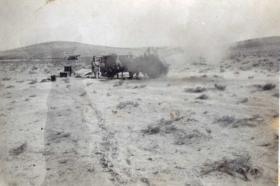
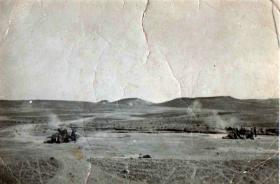
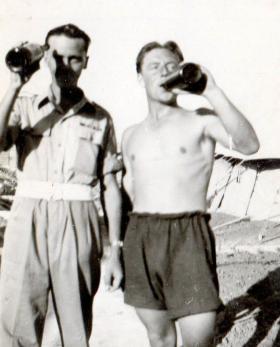
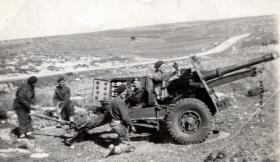
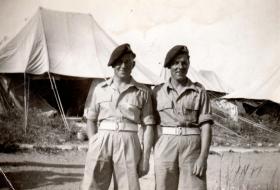
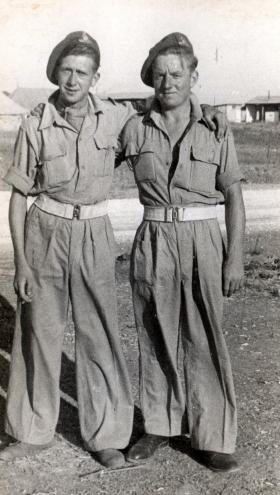
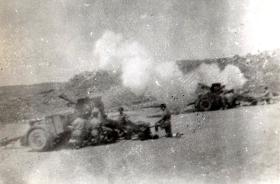
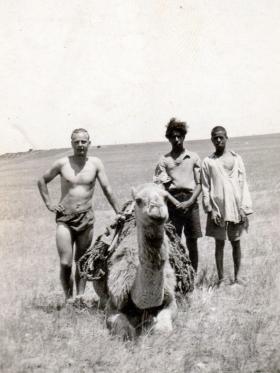
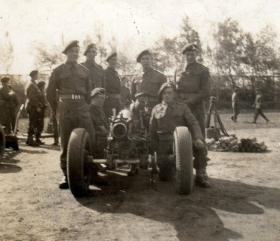
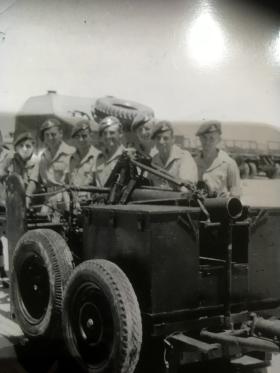

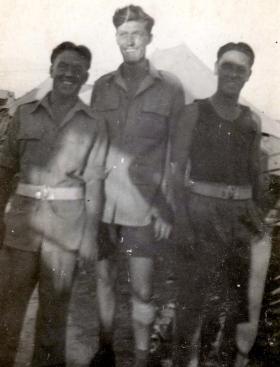
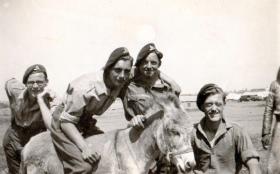
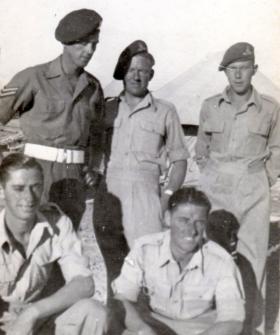
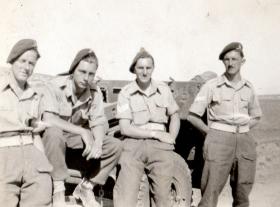
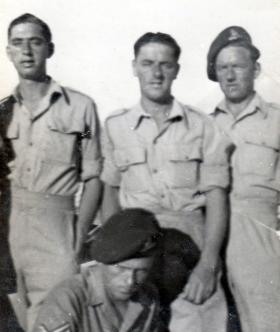
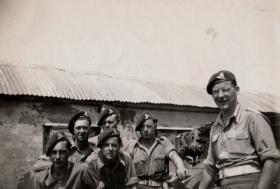
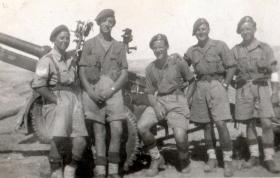
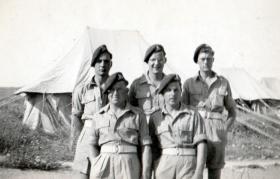
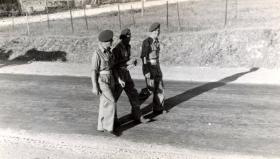
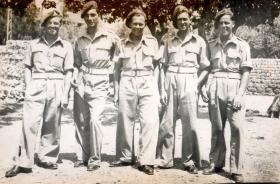
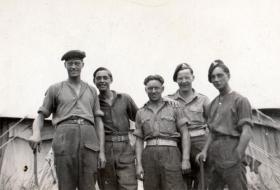
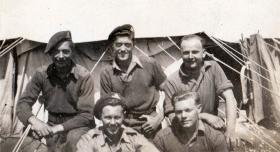
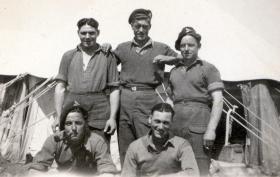
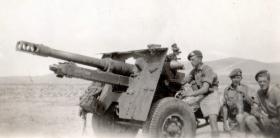
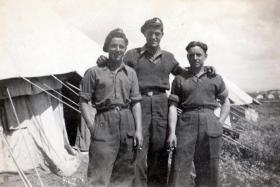
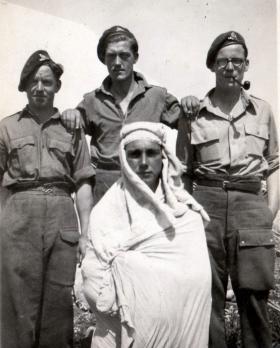
Latest Comments
There are currently no comments for this content.
Add Comment
In order to add comments you must be registered with ParaData.
If you are currently a ParaData member please login.
If you are not currently a ParaData member but wish to get involved please register.